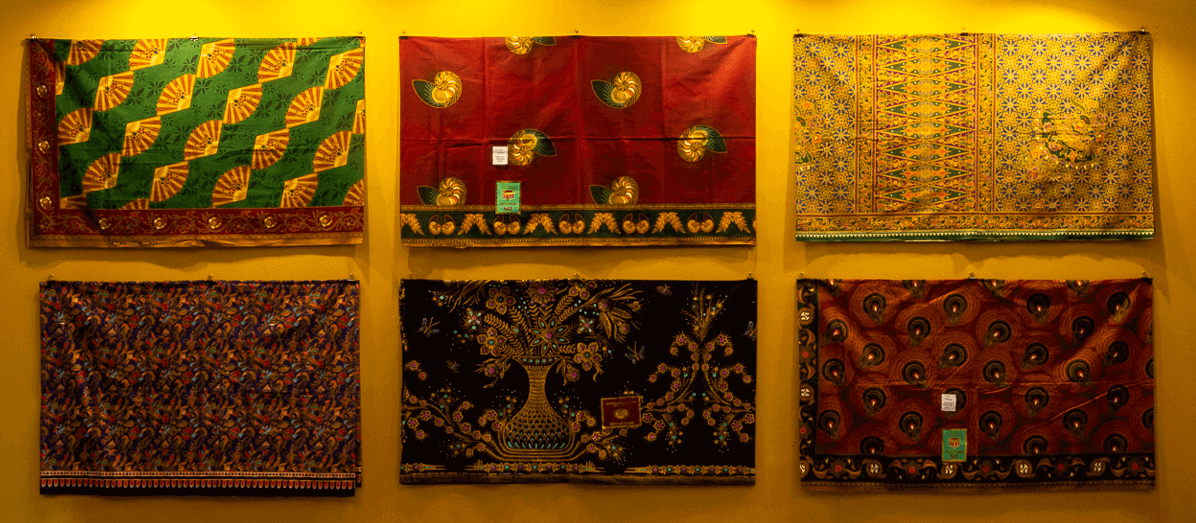
When soldiers of the Royal Gurkha Rifes unit of the British Army, particularly those from the Gurung, Magar, Rai, and Limbu Indigenous communities of Nepal, used to return home from their stations in Singapore or Malaysia, they would often bring lungis back as gifts for their families. In this way, the lungi came to symbolise that someone in that family is a laure, working as a Gurkha Rifes soldier. Although this connotation has dissipated over the years, the practice of gifting a lungi has remained prevalent to this day, with many communities across Nepal adopting it as their local daily attire.
The lungi is a garment that is wrapped around the waist, usually extending to the ankles. Also known as longyi, sarong, veshti, dhoti, and other names in Southeast and South Asia, it was historically made with Javanese Batik techniques and motifs, as they travelled trade and military routes to Malaysia and Singapore. Some lungis are decorated in styles inspired by wax printing found across the African continent.
There is a popular belief that traces the proliferation of lungis in West Africa (and subsequently across the continent), to the belanda hitam, or “the Black Dutchmen” in Malay, referring to the indentured African soldiers of the Dutch army who returned home after serving in Indonesia.
More likely, the patterns spread through a number of Dutch companies which, unsuccessful in their attempts at supplanting local designs and production in Java with Dutch-made replicas, introduced them with better results to the West African market. Wax printing techniques are nevertheless indigenous to West Africa, with the adire textiles of the Yoruba people of Nigeria being exquisite art forms. The pieces included here are wax-printed fabrics from Ghana, with designs released in 2020 to mark the frst COVID-19 lockdown.
Location Map

Designed & Developed by: Curves n' Colors | Visual identity by: Wkshps
